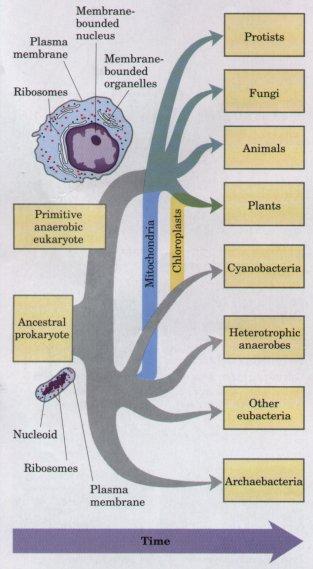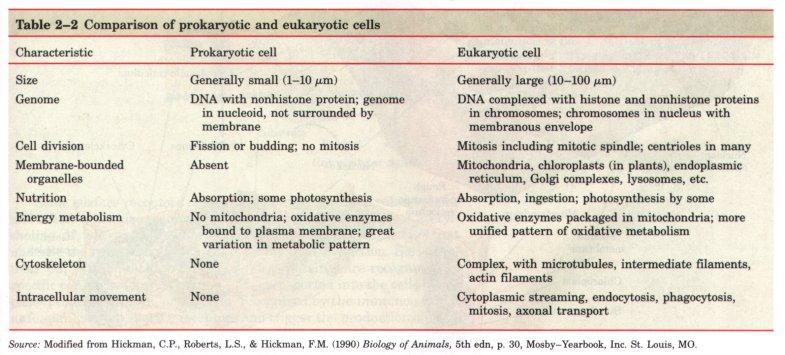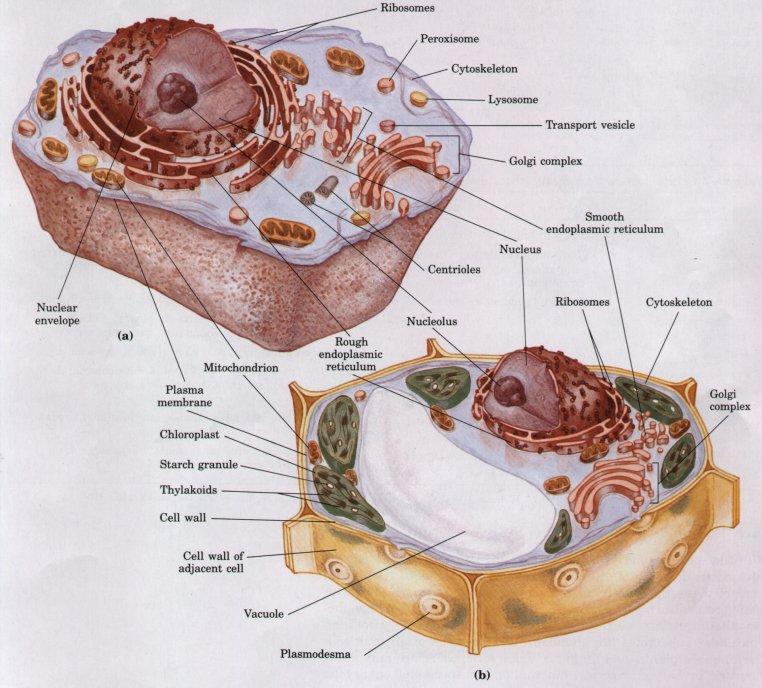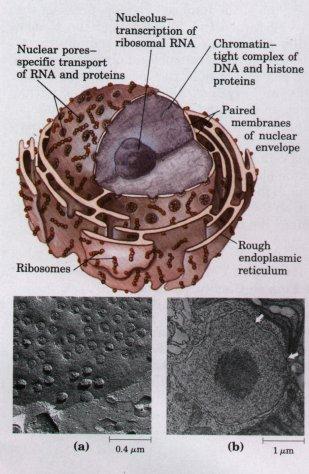
- •Волгоградский государственный медицинский университет
- •Предисловие
- •Introduction. Biology as a science 2
- •Biology as a science Unit I. Seven levels of life organization
- •Unit 1. Atomic organization
- •63%; Next is oxygen, 25,5%
- •1. Назовите прилагательные, образованные от существительных:
- •1.1 Ions
- •1.2 Isotopes
- •Biology in medicine. Using isotopes as traces
- •Unit 2. Molecular organization
- •2.1 Inorganic ions
- •2.3. Lipids
- •1. An energy source.
- •2. Insulation.
- •3. Protection.
- •4. Buoyancy.
- •5. Waterproofing.
- •6. Cell membranes.
- •7. Other functions.
- •2.4 Amino acids
- •2.5 Enzymes
- •Into the space of just 1 second!
- •Biology around us. Cholesterol
- •Unit 3. Cellular organization
- •1. Прочтите слова, попытайтесь перевести их, не пользуясь словарем, определите часть речи:
- •2. Образуйте однокоренные слова, используя префиксы и суффиксы:
- •3.1 Cell as a fundamental unit of life.
- •18 Million cells each second.
- •3.2. The structure of prokaryotic cells
- •3.3. Structure of the eukaryotic cell
- •3.4 The nucleus
- •3.5 Intracellular membranes
- •3.6 Movement in and out of cells
- •Golgi apparatus
- •Lysosomes
- •Microscopy
- •Biodiversity. Principles of classification.
- •If one page was devoted to describing
- •2. Придаточные предложения (дополнительные, определительные, обстоятельственные).
- •1. Найдите сказуемое в следующих предложениях. Определите его грамматическое время:
- •2. Найдите в тексте Biodiversity сложноподчиненные предложения. Определите тип придаточных предложений. Обратите внимание на союзы, соответствующие каждому типу придаточных предложений.
- •3. Составьте 15 вопросительных предложений так, чтобы ответы на эти вопросы отражали основное содержание текста Biodiversity.
- •4.1 Viruses
- •4.2 Bacteria
- •4.3 Fungi
- •Taxonomic ranks
- •Retroviruses
- •Inheritance
- •2. Согласование времен в сложноподчиненных
- •1. Найдите в тексте Inheritance примеры инфинитива. Определите их функции в предложении.
- •2. Объясните правила согласования времен в следующих предложениях:
- •5.1 Nucleic acids
- •5.2 The genetic code
- •5.3 Recombinant dna technology
- •5.4 Evolution through natural selection (Darwin / Wallace)
- •Pros and cons of genetic engineering
- •Biology around us. Human Genome Project
- •2. Выскажите своё отношение к развитию и применению биогенетических технологий. Выберите один из следующих вариантов:
- •1. Назовите существительные, соответствующие данным глаголам (обратите внимание на способ словообразования):
- •2. Образуйте прилагательные, соответствующие данным существительным :
- •The stages of digestion
- •2. Неличные формы глагола. Gerund.
- •1. Найдите в тексте The stages of digestion предложения в одном из времен группы Continuous Active. Укажите сказуемое.
- •2. Укажите грамматическую форму глаголов, оканчивающихся на
- •6.1 Vitamins
- •Is 18 days.
- •6.2 The liver
- •Functions of the liver
- •1. Carbohydrate metabolism.
- •2. Lipid metabolism.
- •In both human lungs cover
- •1. Укажите существительные, соответствующие глаголам в Essential Vocabulary.
- •2. Образуйте прилагательные от следующих существительных (воспользуйтесь словарем, если необходимо):
- •Gaseous exchange in mammals
- •Indefinite
- •2. Сравнительная характеристика неличных форм
- •1. Измените залог сказуемого в следующих предложениях:
- •2. Найдите в тексте Gaseous exchange in mammals примеры неличных форм глагола, сравните их грамматическую форму, функции в предложении, способы перевода.
- •Smoking
- •Control of ventilation in humans
- •Is estimated to be 80 000 miles –
- •Clotting of the blood
- •Artificial pacemakers
- •7.1 How control systems developed
- •7.2 Principles of endocrine and nervous control
- •The central nervous system
- •7.3 Molecular clocks: mastering time.
- •7.4 A biological defect underlying obesity
- •7.5 “Addictive" properties of regular exercise.
- •It has been estimated that the bacterium
- •7.6 Types of immunity and immunization
- •Edward jenner (1749-1823)
- •Charles darwin ( 1809 - 1882 )
- •Camillo golgi (1843 – 1926). The Nobel Prize Winner
- •Ilya mechnikov (1845 – 1916) The Nobel Prize Winner
- •Karl landsteiner (1868 – 1943) The Nobel Prize Winner
- •Hermann j. Muller (1890 – 1967) The Nobel Prize Winner
- •Frederick banting (1891-1941) The Nobel Prize Winner
- •Hugo theorell (1903-1982) The Nobel Prize Winner
- •Andrei belozersky (1905)
- •Konrad bloch (1912-2000) The Nobel Prize Winner
- •Francis crick (1916-2004) The Nobel Prize Winner
- •Arthur kornberg (1918) The Nobel Prize Winner
- •Robert w. Holley (1922-1993) The Nobel Prize Winner
- •The Noun (Имя существительное)
- •1. Подлежащее
- •2. Сказуемое
- •3. Дополнение
- •4. Обстоятельство
- •5. Определение
- •The Article (Артикль)
- •The Pronoun (Местоимение)
- •Неопределенные местоимения some, any, no, every и их производные Неопределенные местоимения some, any, no, every
- •Производные от some, any, no, every
- •Слова – заместители существительных
- •The Adjective (Имя прилагательное), The Adverb (Наречие)
- •The Numeral (Имя числительное)
- •The Verb (Глагол)
- •Voice (залог):
- •Основные функции глагола to do
- •Времена группы Indefinite Active Present Indefinite Active (Настоящее неопределенное действительного залога)
- •Past Indefinite Active (Прошедшее неопределенное действительного залога)
- •Future Indefinite Active (Будущее неопределенное действительного залога)
- •Passive Voice (Страдательный залог)
- •Общее правило образования отрицательной и вопросительной формы сказуемого
- •Времена группы Perfect
- •Функции глагола to have
- •Времена группы Continuous Active
- •Времена группы Perfect Continuous Active
- •Неличные формы глагола
- •Infinitive (инфинитив)
- •Инфинитивные обороты
- •Participle I (Причастие действительного залога)
- •Participle II (Причастие страдательного залога)
- •Gerund (Герундий)
3.3. Structure of the eukaryotic cell
Eukaryotic cells (eu - 'true', karyo - 'nucleus') probably arose a little over 1000 million years ago, nearly 2500 million years after their prokaryotic ancestors. The development of eukaryotic cells from prokaryotic ones involved considerable changes, as can be seen from the Figure.
Three major changes must have occurred as prokaryotes gave rise to eukaryotes. First, as cells acquired more DNA, mechanisms evolved to fold it compactly into discrete complexes with specific proteins and to divide it equally between daughter cells at cell division. Second, as cells became larger, a system of intracellular membranes developed, including a double membrane surrounding the DNA. Finally, primitive eukaryotic cells, which were incapable of photosynthesis or
of aerobic metabolism formed permanent symbiotic associations with aerobic and photosynthetic bacteria. Some aerobic bacteria evolved into the mitochondria of modern eukaryotes, and some photosynthetic cyanobacteria became the chloroplasts of modern plant cells.

Prokaryotic and eukaryotic cells are compared in the Table2.2.

Typical eukaryotic cells (Fig.3) are much larger than prokaryotic cells-commonly 10 to 30 μm in diameter, with cell volumes 1,000 to 10,000 times larger than those of bacteria.

Figure 3. Schematic illustration of the two types of eukaryotic cell: a representative animal cell (a) and a representative plant cell (b).
The distinguishing characteristic of eukaryotes is the nucleus with a complex internal structure, surrounded by a double membrane. The other striking difference between eukaryotes and prokaryotes is that eukaryotes contain a number of other membrane-bounded organelles.
3.4 The nucleus
When viewed under a microscope, the most prominent feature of a cell is the nucleus. While its shape, size, position and chemical composition vary from cell to cell, its functions are always the same, namely, to control the cell’s activity and to retain the organism’s hereditary material, the chromosomes. It is bounded by a double membrane, the nuclear envelope, the outer membrane of which is continuous with the endoplasmic reticulum and often has ribosomes on its surface. The inner membrane has three proteins on its surface which act as anchoring points for chromosomes. It possesses many large pores (typically 3000 per nucleus) 40-100 nm in diameter, which permit the passage of large molecules, such as RNA, between it and the cytoplasm. (Fig. 4)
F

The cytoplasm-like material within the nucleus is called nucleoplasm. It contains chromatin which is made up of coils of DNA bound to proteins. During division the chromatin condenses to form the chromosomes but these are rarely, if ever, visible in a non-dividing cell. The denser, more darkly staining areas of chromatin are called heterochromatin. (Fig. 5)
W

The functions of a nucleus are:
1. To contain the genetic material of a cell in the form of chromosomes.
2. To act as a control centre for the activities of a cell.
3. To carry the instructions for the synthesis of proteins in the nuclear DNA
4. To be involved in the production of ribosomes and RNA.
5. In-cell division.
Figure 5. Chromosomes are visible in the electron microscope during mitosis. Shown here is one of the 46 human chromosomes. Every chromosome is composed of two chromatids; each consisting of tightly folded chromatin fibers. Each chromatin fiber is in turn formed by the packaging of a DNA molecule wrapped about histone proteins to form a series of nucleosomes.
